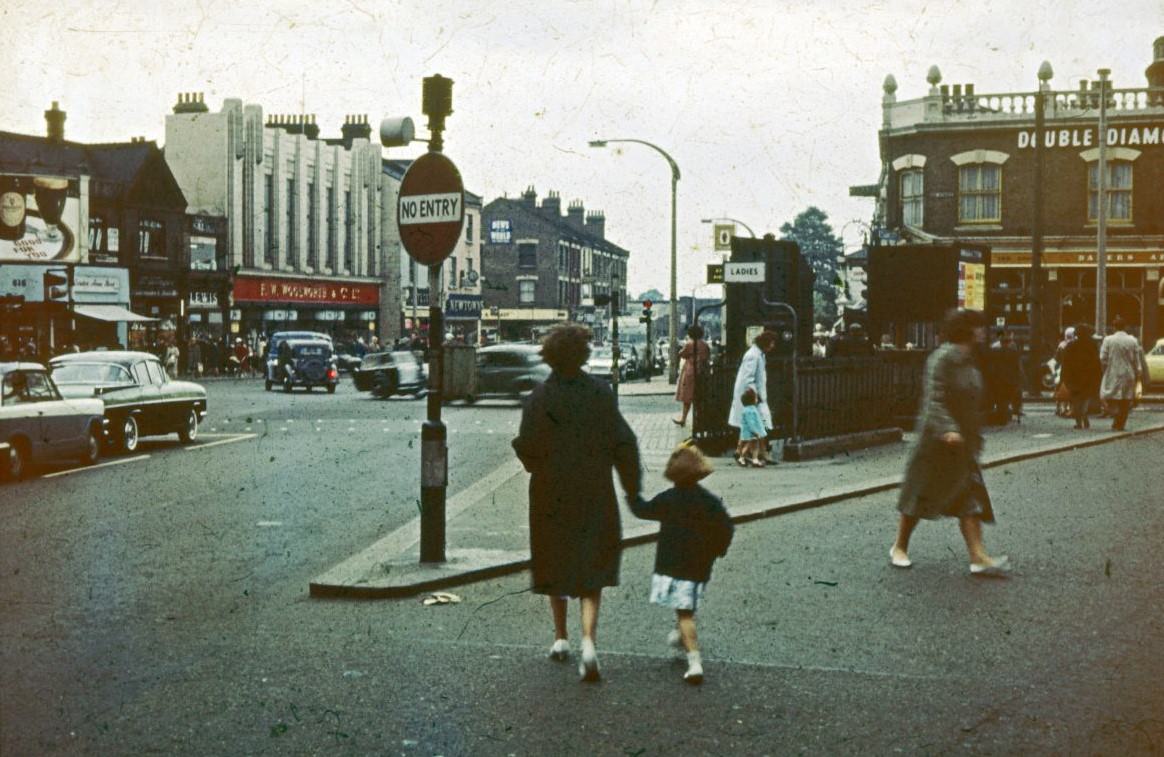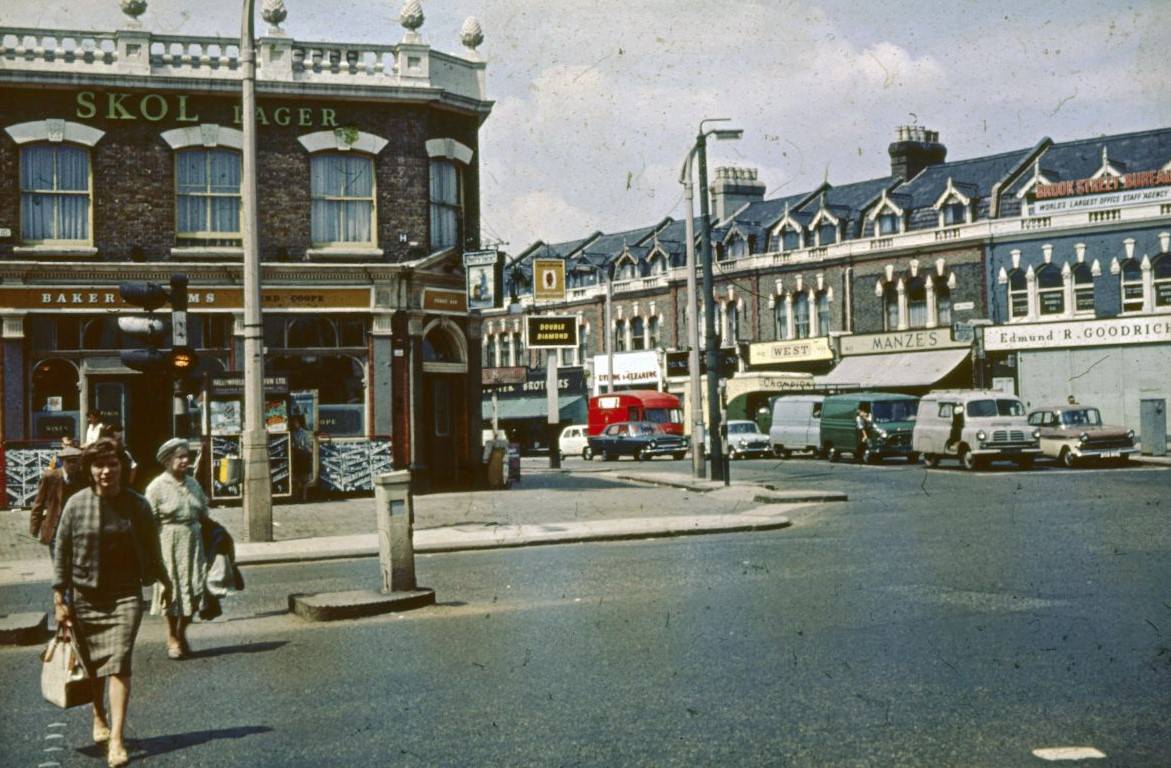Leyton in the 1960s was a bustling hub of activity, a place where the echoes of the past mingled with the exciting buzz of the future. Emerging from the shadow of World War II, the area was undergoing a significant transformation, both in its landscape and its people.
Rows of Victorian houses, once filled with large families, were giving way to modern flats and apartment blocks. These new buildings offered a different kind of living, attracting young families and individuals seeking a fresh start. This shift in housing also mirrored the changing demographics of Leyton, as immigrants from across the Commonwealth, particularly the Caribbean and South Asia, settled in the area, bringing with them their rich cultures and traditions.
The High Road, Leyton’s main artery, was a vibrant scene. Traditional shops like butchers, bakers, and greengrocers stood side-by-side with new supermarkets, offering a wider range of goods. As more families owned cars, garages and petrol stations began to appear, replacing the blacksmiths and stables of the past. The sounds of the street were a mix of the familiar calls of street vendors, the rumble of buses, and the increasingly common hum of car engines.
Entertainment in Leyton was undergoing a similar transformation. The grand old cinemas, once the heart of social life, were facing competition from the rise of television. Families gathered around their black and white sets in the evenings, tuning into popular shows and the latest news. Still, local pubs remained popular gathering spots, offering a place to socialize, enjoy a pint, and discuss the events of the day.
For the younger generation, the 1960s brought a wave of new trends and fashions. The sounds of rock and roll, with its rebellious spirit, filled the airwaves and record stores. Young people embraced new styles, with mini-skirts and bold patterns for girls and tailored suits and longer hairstyles for boys. This era of self-expression and cultural exploration was a stark contrast to the more conservative decades that preceded it.
As new communities arrived, existing residents sometimes struggled to adapt to the changing social landscape. Tensions could arise, highlighting the need for understanding and integration. Yet, amidst these challenges, a spirit of community and resilience remained. People from all walks of life came together, whether it was at local football matches















